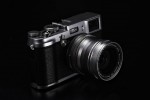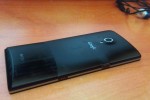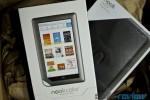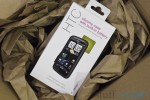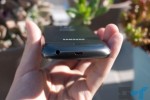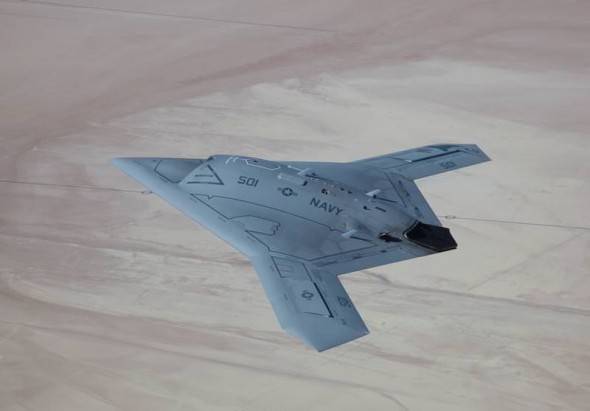
We guess whoever is in control of weapons development in the US Navy doesn’t watch too many sci-fi movies. Our future robot overlords will probably be calling the Northrop Grumman X-47B unmanned aircraft their great-great-grandfather, but we have to admit that it looks really, really badass.
The X-47B is a demonstration unmanned combat air vehicle (UCAV) (or combat drone), which had its first test flight in 2011. It’s being developed by Northrop Grumman for the US Navy under a project aiming to develop a carrier-based stealth unmanned aircraft. The X-47B has a full weapons bay with a potential payload of 4,500 pounds, though it doesn’t carry any weapons currently. The unmanned aircraft is not flown by remote control but rather flies on a pre-programmed mission using its on-board computer — yeah it’s a great idea to give them brains. Here’s what Northrop Grumman had to say:
The X-47B is a computer-controlled unmanned aircraft system that takes off, flies a preprogrammed mission, and then returns to base – all in response to mouse clicks from a mission operator. The operator actively monitors the X-47B air vehicle’s operation using simple situational awareness displays, but does not fly it via remote control, as some unmanned systems are operated.
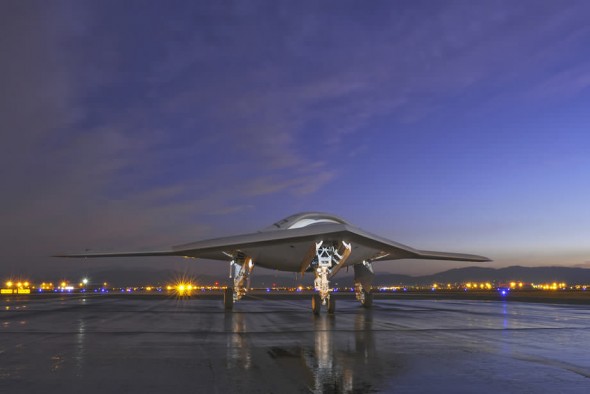
There are a lot of benefits of not having a pilot on-board, first and foremost you don’t risk the pilot’s life, you can do away with the cockpit, ejection seat and life support systems allowing for a bigger range and payloads, while the aircraft’s maneuverability is only limited by its design and materials rather than the maximum g-forces our fragile human bodies can take. As for the negatives, well we’ve eluded to most of them already and let’s just hope that someone doesn’t get the idea that you could hack into one of these.
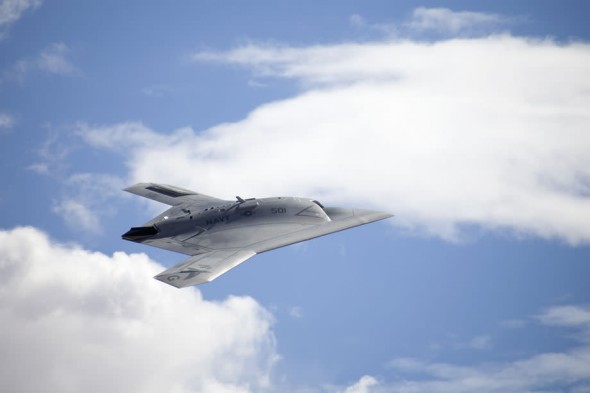
The X-47B has just complete one year of successful testing and if all goes well the X-47B will actually be tested with take-off and landing on an aircraft carrier. It will also be tested on autonomous in-flight refueling. The X-47B has a maximum unrefueled range of 2,000 miles (3,200 km) and a wingspan of 62.1 feet with a cruise speed of 0.45 mach. This is a demonstration aircraft and, after testing has been complete, it should be succeeded by the X-47C, with a planned payload of 10,000 pounds and a wingspan of 172 feet.
[Naval Air Systems Command]
